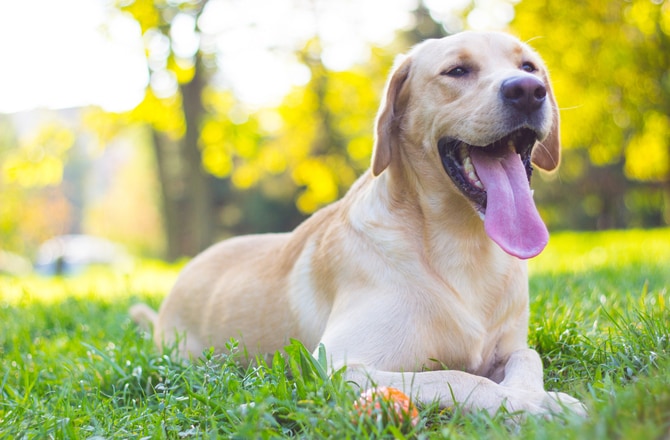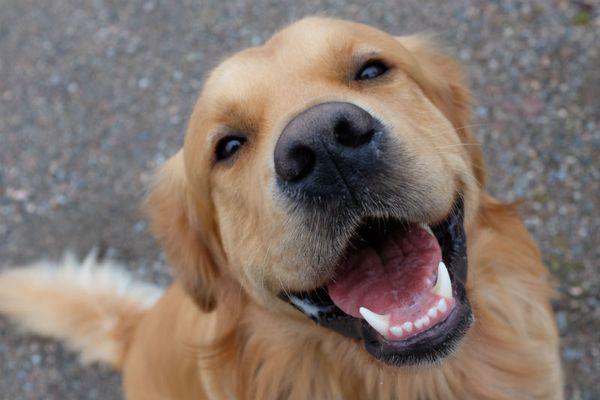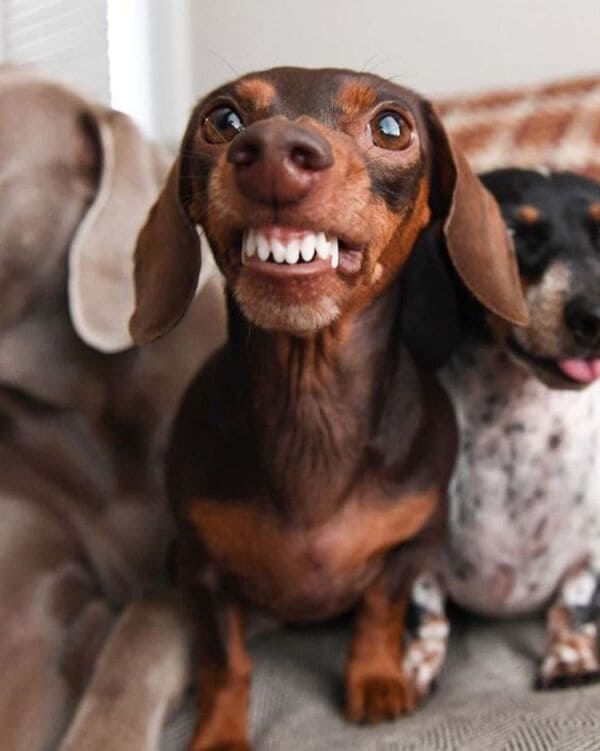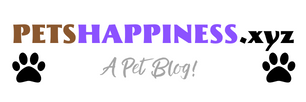WHY ARE YOUR DOG'S TEETH WORN OUT?

Dog teeth can wear down just like human teeth. Tooth wear is relatively common in dogs, especially in dogs that love to chew. Some tooth wear is normal and to be expected as dog ages. However, severely worn teeth can cause pain and dental problems. You can help prevent tooth loss by identifying tooth wear early and working with your veterinarian to help your dog.
How teeth are worn?

There are two main ways teeth wear down:
Tooth erosion develops when teeth rub against each other. This usually occurs in dogs with an abnormal bite (called an aberrant bite) that causes the teeth to wear together as the mouth opens and closes. Tooth loss most commonly occurs in canines ("canines") and incisors (small teeth at the front of the mouth). However, teeth grinding can cause erosion of molars and premolars.
Tooth wear is the wear and tear of teeth caused by other objects rubbing against the teeth. Dogs often wear away teeth and chew bones, toys, and other objects. Excessive self-grooming can even lead to tooth wear. Tooth wear can occur in any tooth depending on how the dog chews.
Tooth wear generally develops over time due to friction on the teeth. Frequent chewing can cause teeth to wear down faster. In addition, certain objects can make the wear process faster. For example, tennis balls and water bottles tend to wear down teeth faster if the dog chews them too hard. This is because these materials have an abrasive effect on the teeth.
How to tell if your dog's teeth are worn out

Worn teeth may have brown spots on them or are generally dark in color. They are often deformed or flattened at the end. In some cases, teeth can wear down to the gum line.
You may see signs of wear while caring for your dog's teeth. You may also notice that your dog is sensitive in certain areas and may avoid chewing in that part of the mouth. Look for signs such as decreased appetite, unusual chewing of food, unwillingness to chew toys or junk food, excessive drooling, drooling, and face or mouth.
Because dogs instinctively try to hide pain, you may not even realize how uncomfortable your dog feels. When in doubt, it's best to let your veterinarian examine your dog's teeth.
Complications of tooth wear

Tooth wear first damages the enamel, the hard white outer coating of the teeth. Beneath the enamel is dentin, which is also hard but yellow. Beneath the dentin is the pulp cavity containing the nerves and blood vessels of the tooth. Once tooth wear exposes dentin, the tooth becomes more sensitive to touch and temperature. If the pulp is exposed or damaged, the tooth can become very painful.
When teeth are damaged by wear, dentin is produced to harden the affected area. However, if the wear is severe or occurs faster than new dentin is formed, the tooth may become unhealthy.




Post a Comment